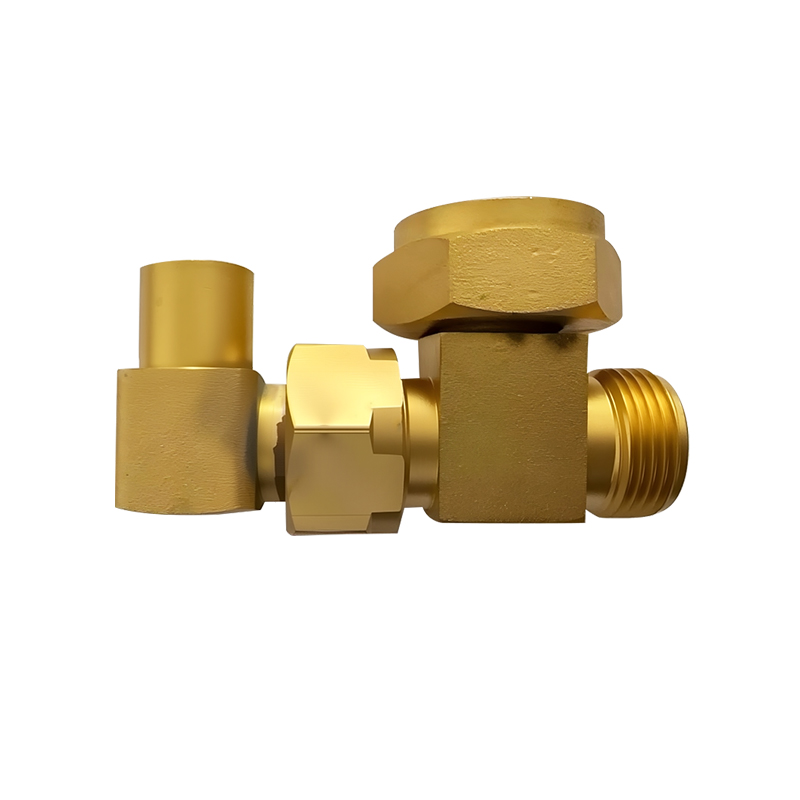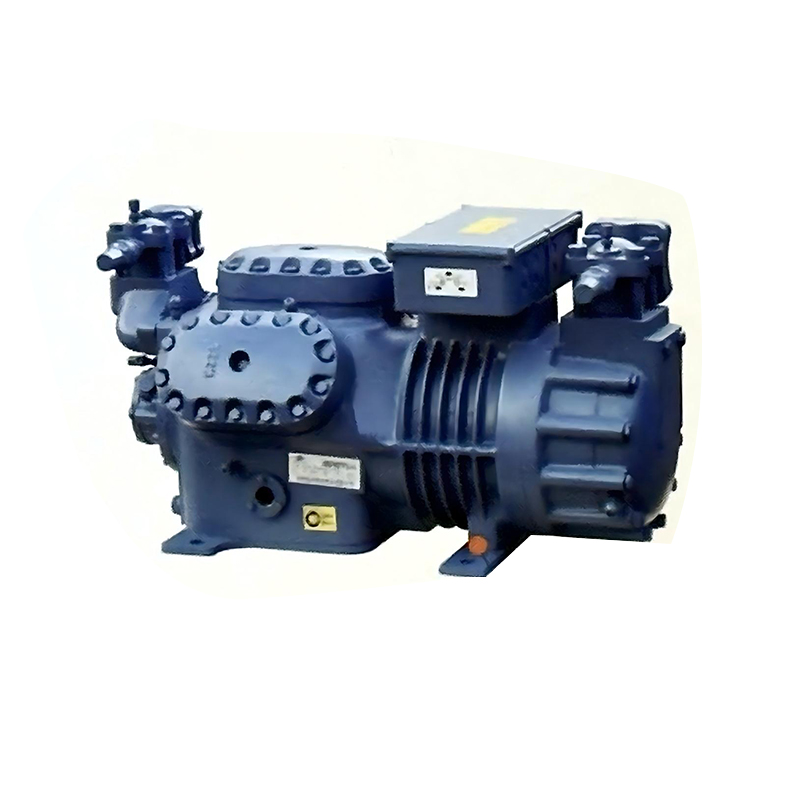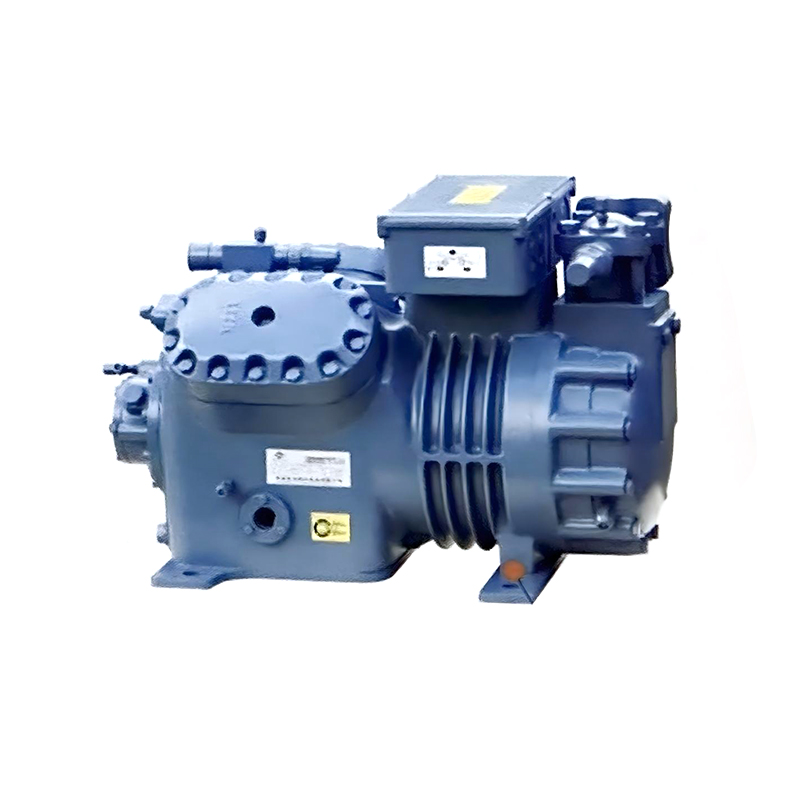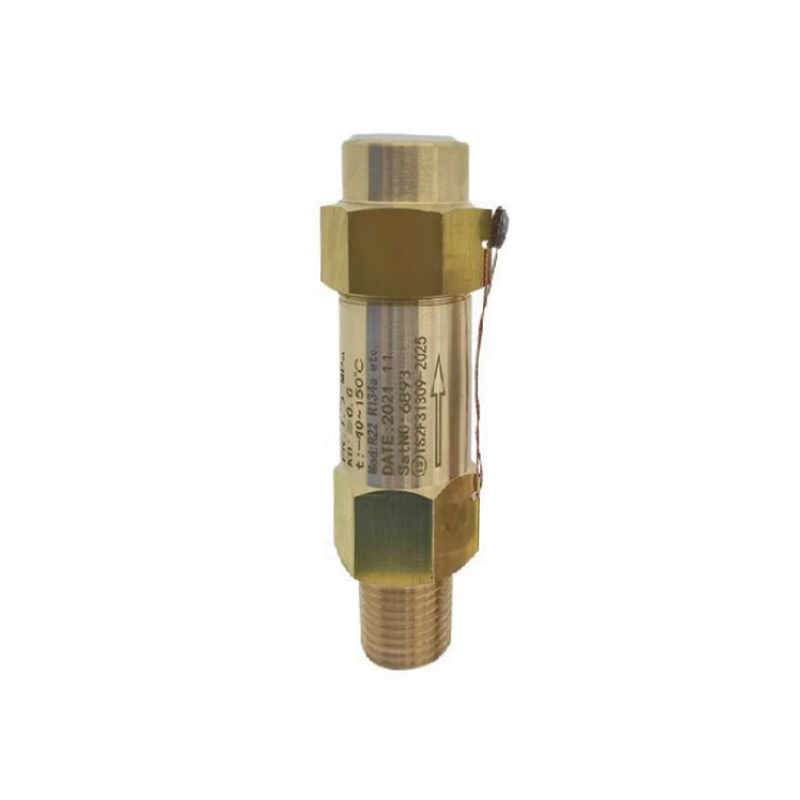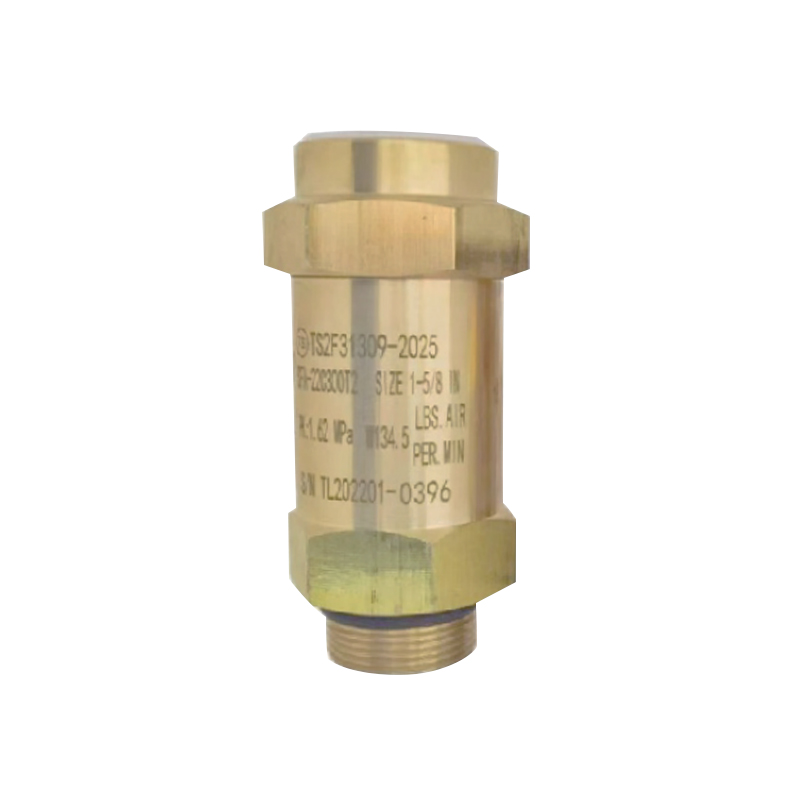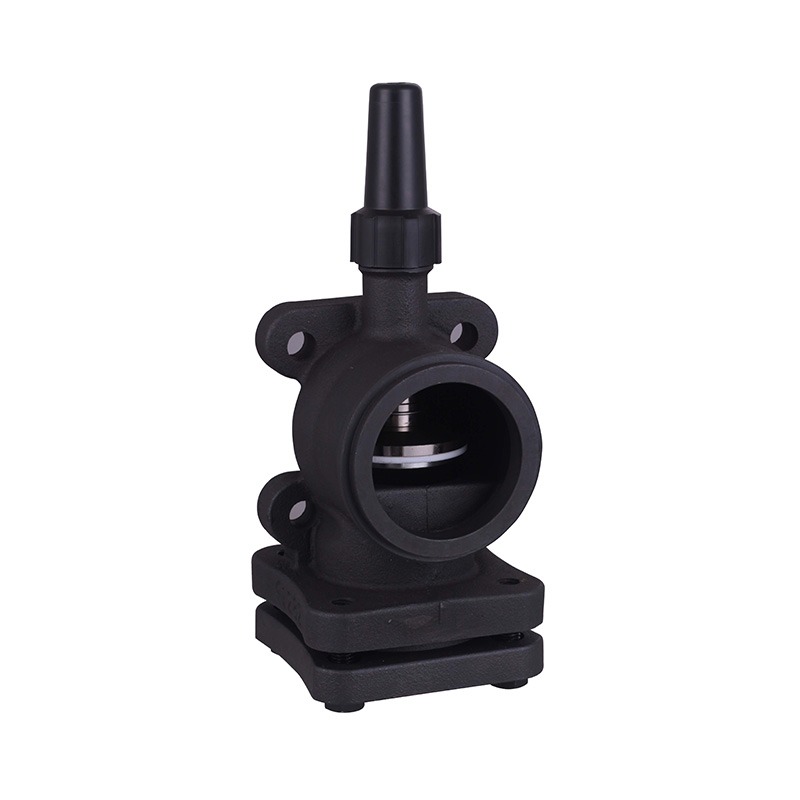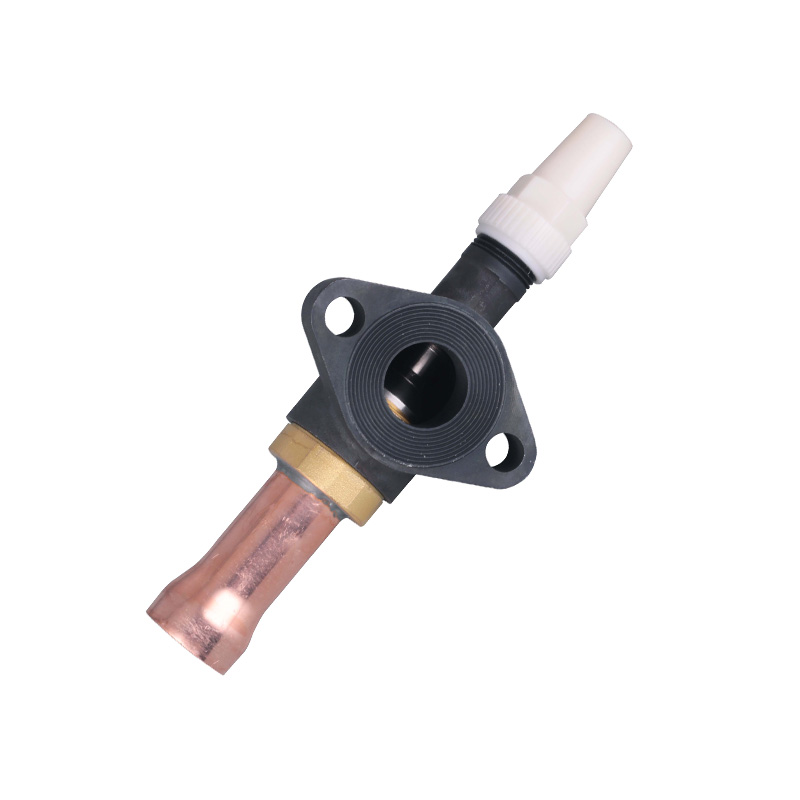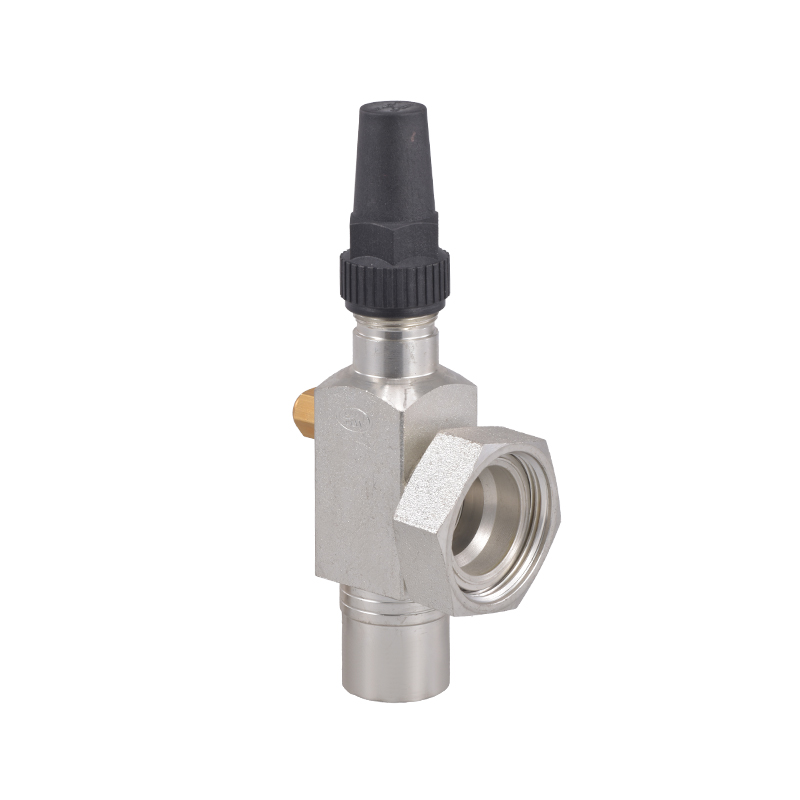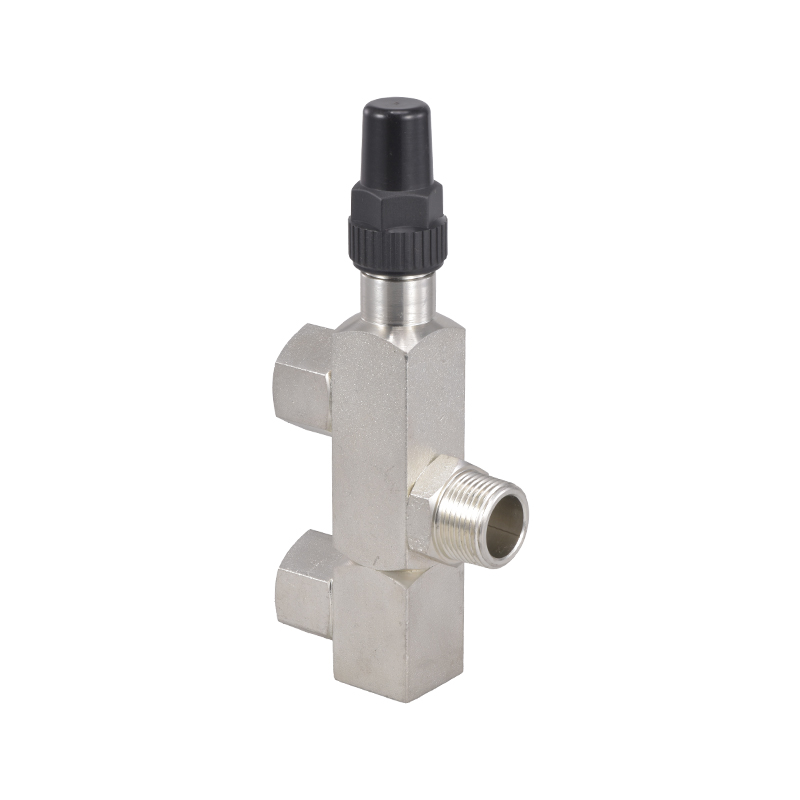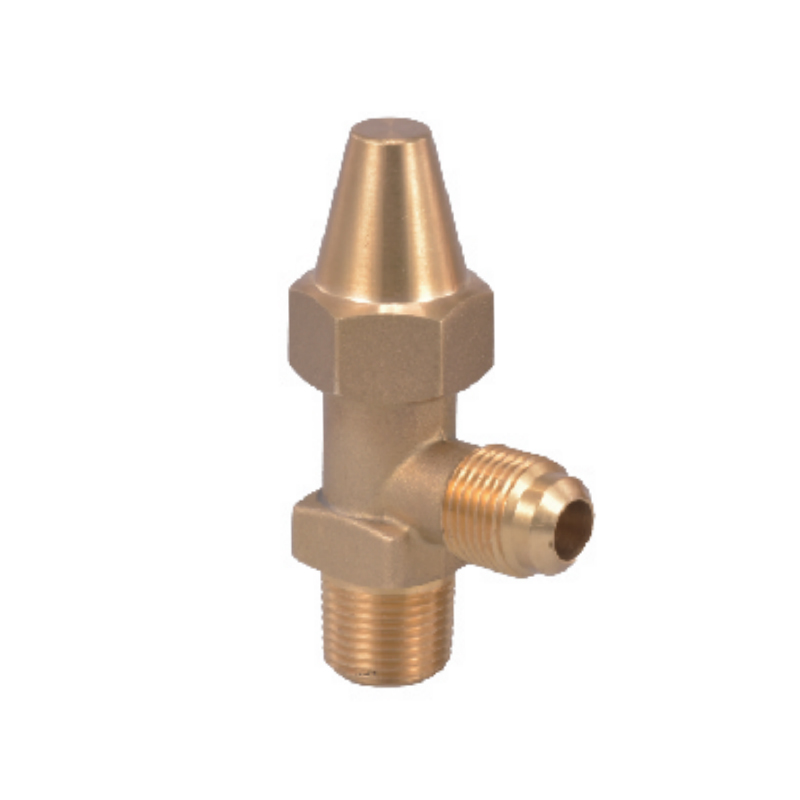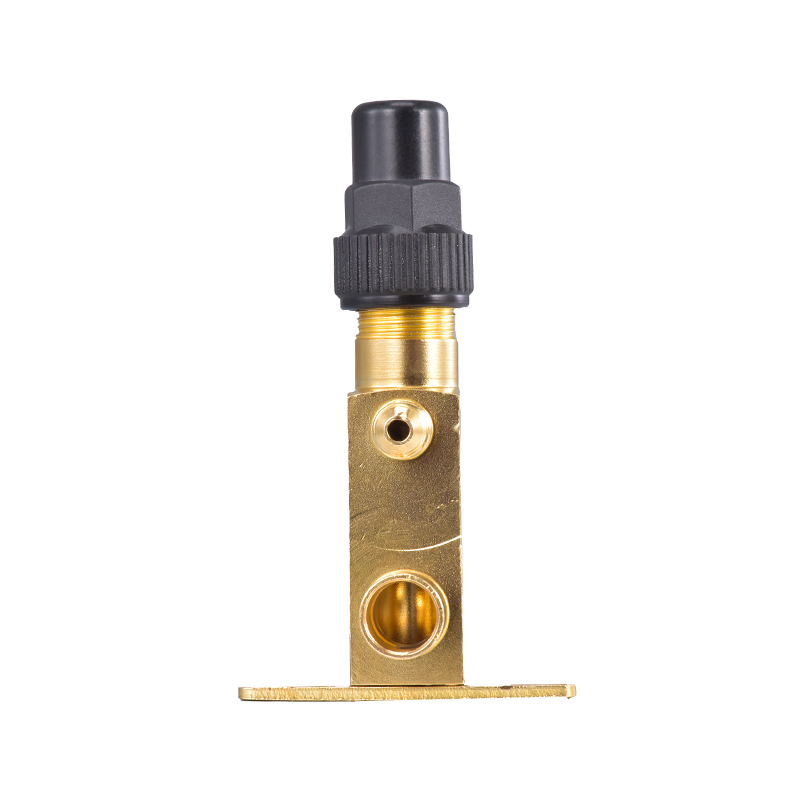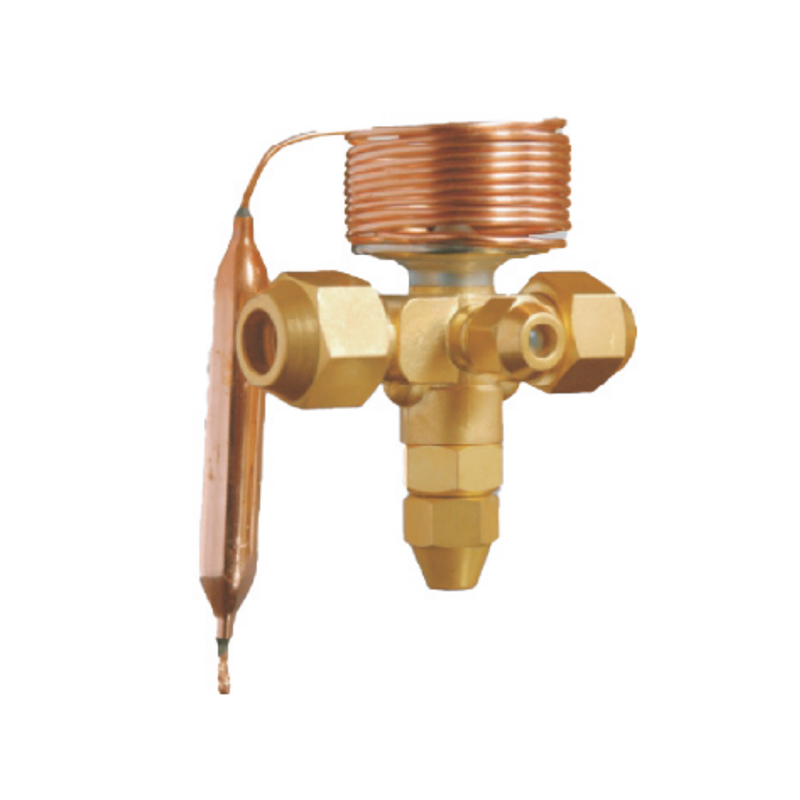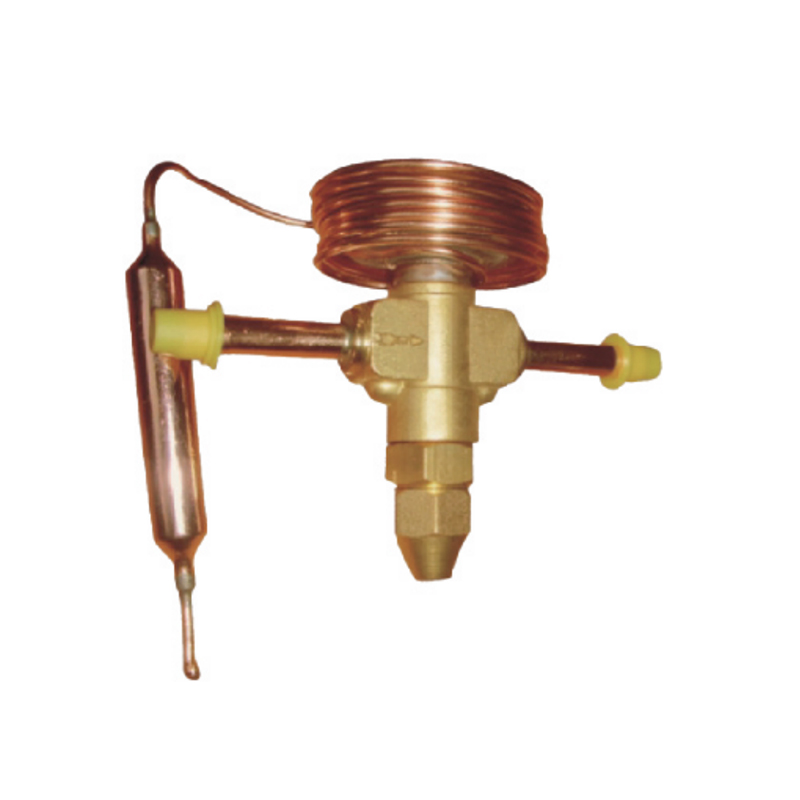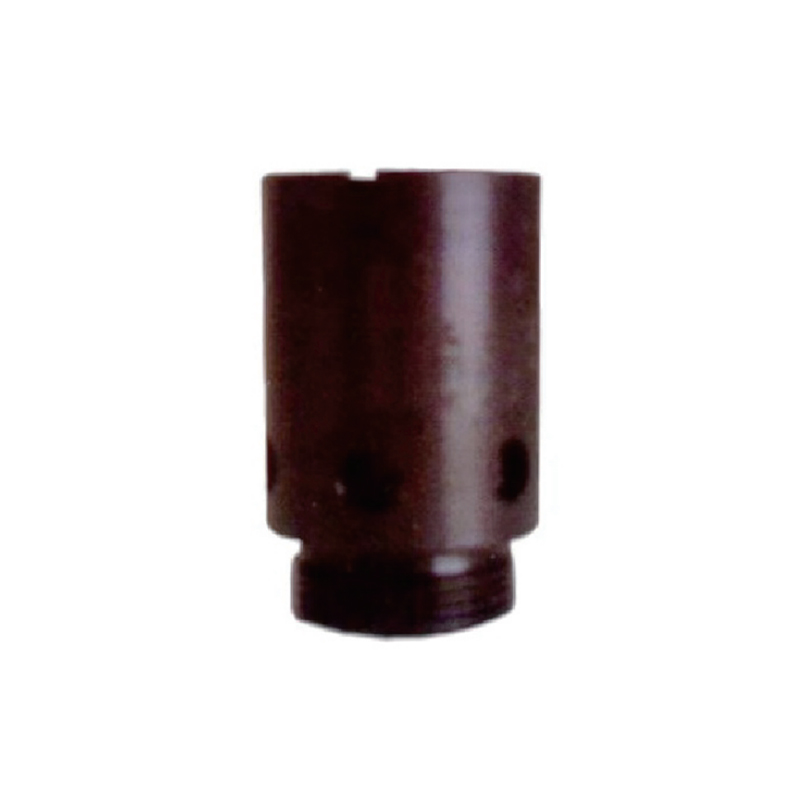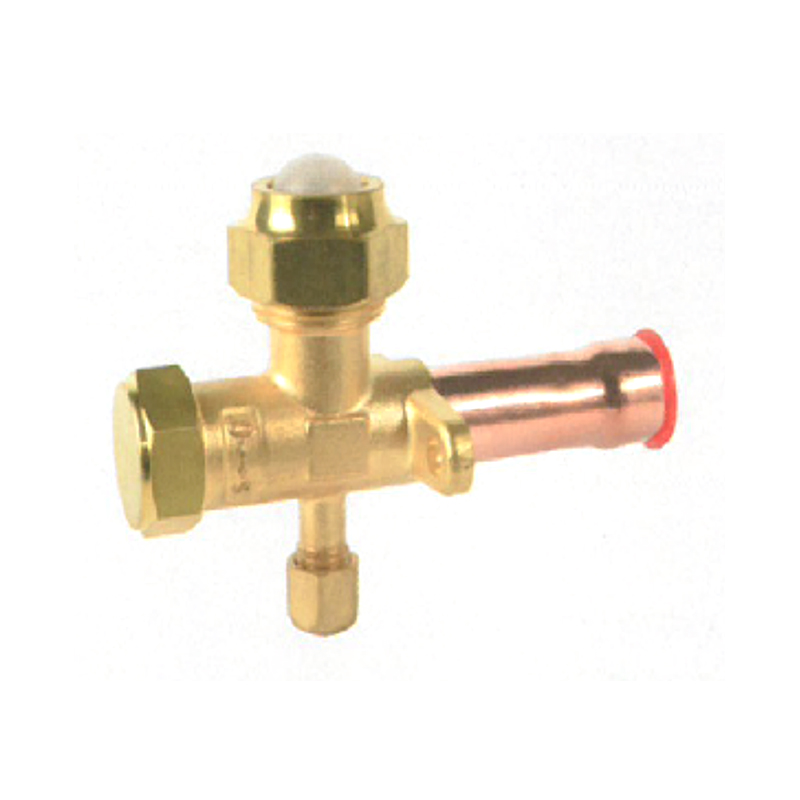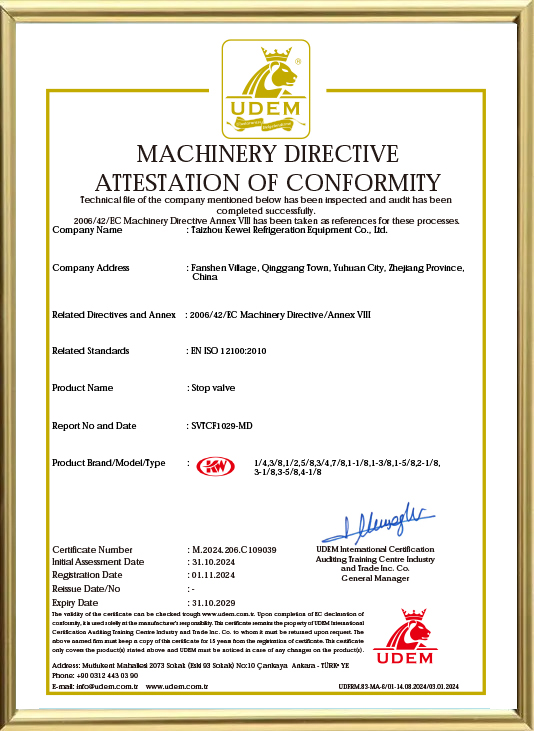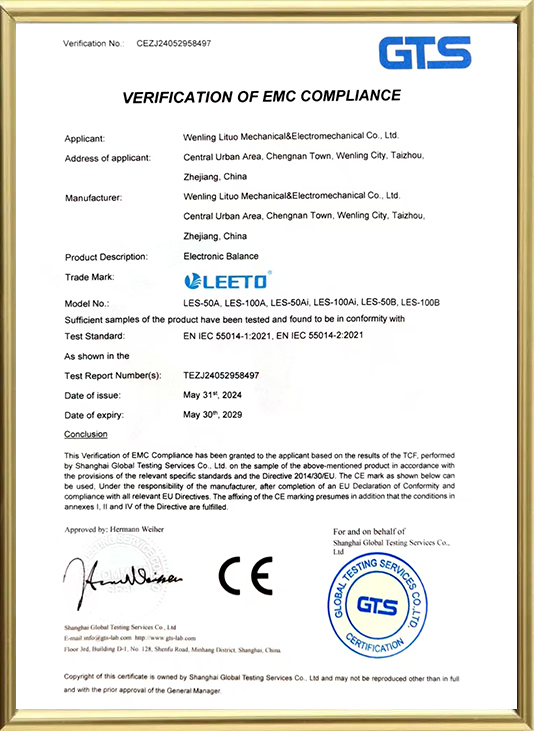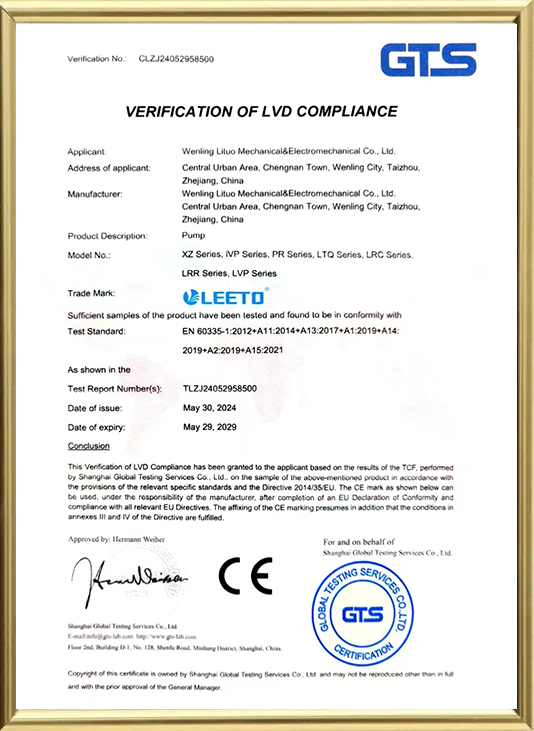Brass safety valves are a critical component in refrigeration systems, designed to ensure the safety and longevity of the equipment. These valves are engineered to automatically release pressure when it exceeds a predetermined level, preventing potential damage and ensuring the system operates within safe parameters.
1. Material Durability:
Brass is a popular choice for safety valves due to its inherent properties. It is a durable metal that resists corrosion, making it ideal for use in environments where moisture and chemicals are present. This material's strength and resistance to wear and tear ensure that the valve will maintain its integrity over time, even in harsh conditions.
2. Precision Engineering:
Brass safety valves are precision-engineered to provide accurate pressure control. They are designed with tight tolerances to ensure that they open and close at the exact pressure settings required, which is crucial for maintaining the efficiency and safety of the refrigeration system.
3. Corrosion Resistance:
The corrosion resistance of brass is a significant advantage in refrigeration systems where chemicals and moisture can lead to the deterioration of components. Brass valves can withstand the corrosive effects of many refrigerants, ensuring a long service life without the need for frequent replacements.
4. Temperature Tolerance:
Refrigeration systems operate over a wide range of temperatures, and brass safety valves are designed to function effectively in these varying conditions. They can handle the cold temperatures of refrigeration systems without becoming brittle or losing their functionality.
5. Ease of Maintenance:
Brass safety valves are relatively easy to maintain and service. Their design allows for straightforward inspection and cleaning, which can be done without the need for specialized tools or extensive downtime of the refrigeration system.
6. Compliance with Standards:
These valves are manufactured to comply with international standards and regulations, ensuring that they meet the necessary safety requirements for use in commercial and industrial refrigeration systems. Compliance with standards such as ASME, API, and others provides assurance of quality and reliability.
7. Noise Reduction:
In some designs, brass safety valves can help reduce noise pollution associated with the release of pressure. The material and construction of the valve can dampen the sound of the discharge, contributing to a quieter operating environment.
8. Environmentally Friendly:
Brass is a recyclable material, which makes these valves more environmentally friendly compared to those made from non-recyclable materials. This is an important consideration for businesses looking to reduce their environmental impact.
9. Cost-Effectiveness:
While brass safety valves may have a higher upfront cost compared to valves made from other materials, their durability, longevity, and reduced need for maintenance make them a cost-effective choice in the long run. The savings from fewer replacements and less downtime can offset the initial investment.
10. Enhanced Safety:
The primary function of a brass safety valve is to enhance the safety of the refrigeration system. By preventing overpressure, these valves help to avoid potential accidents, such as system ruptures or explosions, which can be costly in terms of both property damage and potential harm to personnel.
11. Improved System Performance:
By maintaining the correct pressure within the system, brass safety valves contribute to improved performance. They help to ensure that the refrigeration system operates at its good level, which can lead to energy savings and reduced operational costs.
In conclusion, Various Brass Safety Valve for Refrigeration offer a range of advantages that make them an attractive choice for ensuring the safety, efficiency, and longevity of these critical systems. Their durability, precision, and compliance with international standards, combined with their customization options and environmental benefits, make them a valuable investment for any refrigeration system.




 English
English русский
русский Deutsch
Deutsch
